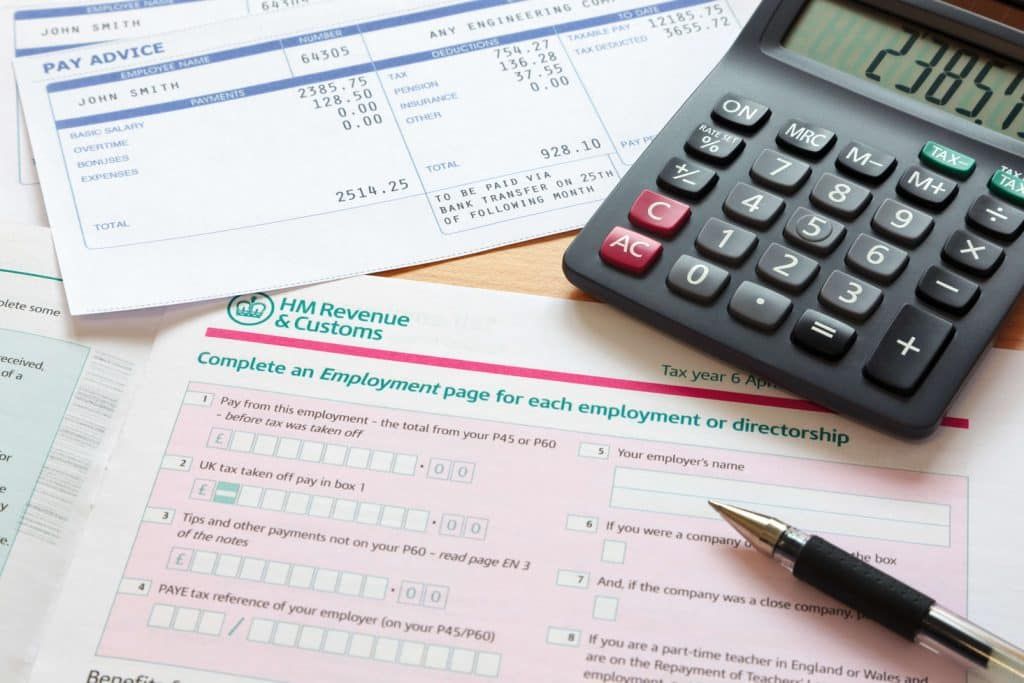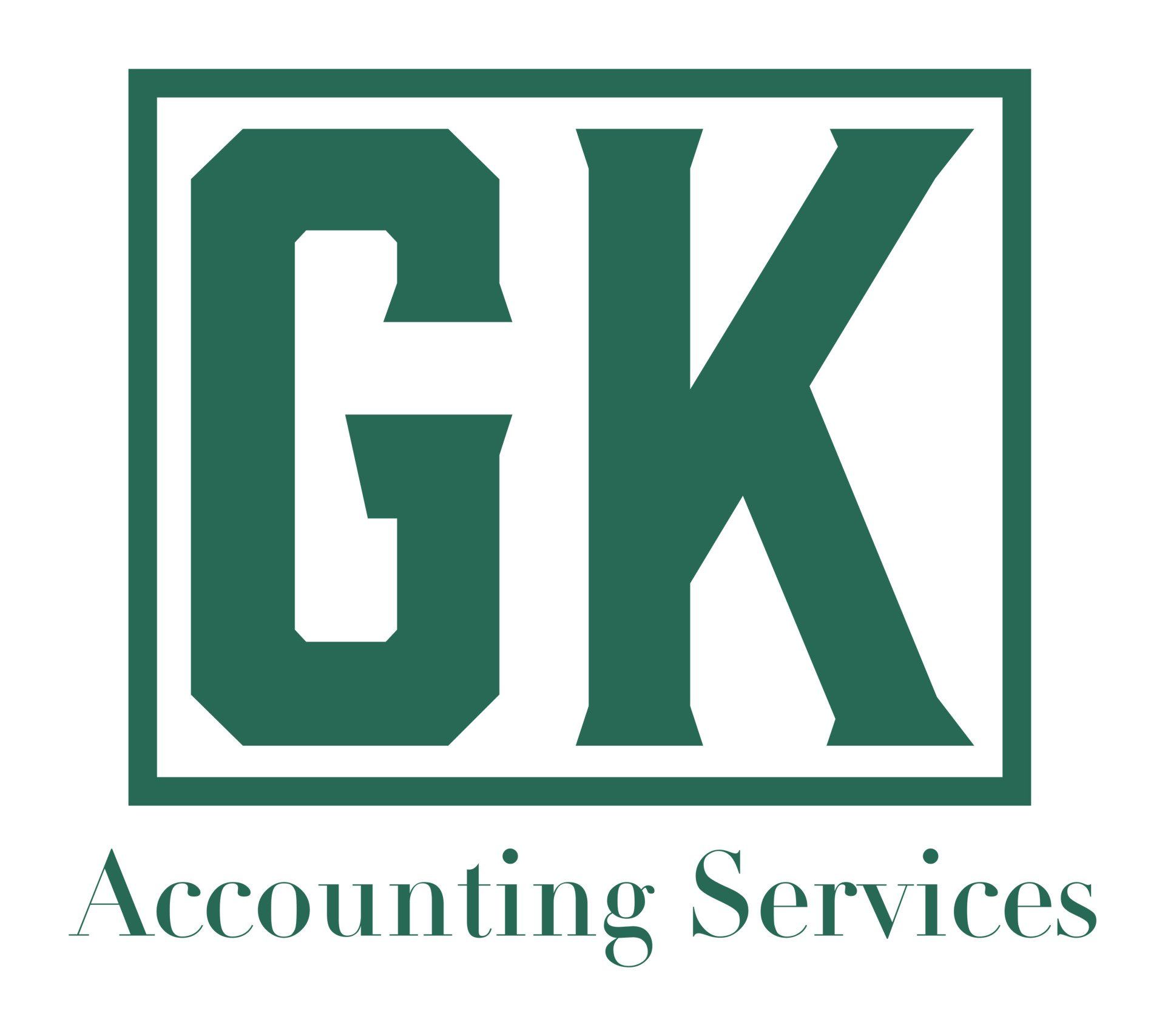Simplifying Savings: Unveiling the Employment Allowance
In the realm of taxation, where complexity often reigns, the Employment Allowance shines as a beacon of simplicity for eligible employers. This allowance grants the power to trim National Insurance (NI) liabilities, potentially yielding substantial savings. This article navigates through the key facets of the Employment Allowance, explaining its mechanics, eligibility criteria, limitations, and recent usage trends, ultimately showcasing how this scheme can ease the financial burdens of employers.
A Financial Respite: Understanding the Employment Allowance
The essence of the Employment Allowance lies in its ability to provide eligible employers with a reduction in their National Insurance liability. Boasting a current value of £5,000, this allowance isn't a fixed sum but rather a customisable relief. Employers can claim an amount below the maximum if it sufficiently covers their total Class 1 NIC (National Insurance contributions) bill.
Eligibility Criteria: A Gateway to Savings
While the allure of the Employment Allowance is undeniable, not all employers can partake. The allowance is exclusively available to employers whose employer NIC liabilities from the previous tax year remain below £100,000. It's important to note that if an employer is part of a group with connected companies or operates multiple PAYE schemes, their contributions are combined to assess eligibility for the allowance. However, it's important to note that the Employment Allowance is exclusively designated for employer Class 1 NICs liability, leaving out Class 1A or Class 1B NICs liabilities from its purview.
One Time, Many Schemes: Limitations and De Minimis Rules
One of the defining features of the Employment Allowance is its singularity. Employers can only claim it once across all their PAYE schemes and connected companies. This restriction, while ensuring fairness, also comes with considerations. De minimis state aid rules might come into play, potentially limiting the allowance's use in specific scenarios. This underscores the importance of clearly understanding these rules to maximise the benefits.
An Annual Affair: Claiming and Exclusions
Employment Allowance claims don't carry forward from one tax year to the next. To reap the benefits anew, employers must resubmit their claims each year. However, knowing the categories where the allowance cannot be claimed is essential. This includes limited companies with only one director and no other employees and employees within the realm of IR35 'off-payroll working rules.'
The Rising Wave: Recent Usage Trends
The practicality of the Employment Allowance is evident from its growing popularity. In the tax year 2022-23, a notable 1,171,000 employers availed themselves of this allowance, marking a 2% increase in claimants compared to the previous year. This rise signifies the scheme's increasing relevance and its capacity to provide tangible financial relief to a diverse array of employers.
In the ever-evolving taxation landscape, the Employment Allowance is a straightforward avenue for employers to trim their National Insurance liabilities. Its simplicity belies its potential impact, offering a chance for employers to alleviate financial stress. Employers can tap into this scheme's benefits by understanding the eligibility criteria, navigating the limitations, and staying informed about changing regulations. As the numbers of claimants rise, it's evident that the Employment Allowance is more than just a fiscal perk; it's a tool that can contribute significantly to the financial well-being of businesses, both large and small.
Click the link below to find out how to claim:



Want More Information?
Address: 168b Saron Road, Saron, Ammanford, Carmarthenshire, SA18 3LN
Phone: 01269 518 815
Email: info@gkaccountingservices.com
Privacy Policy


